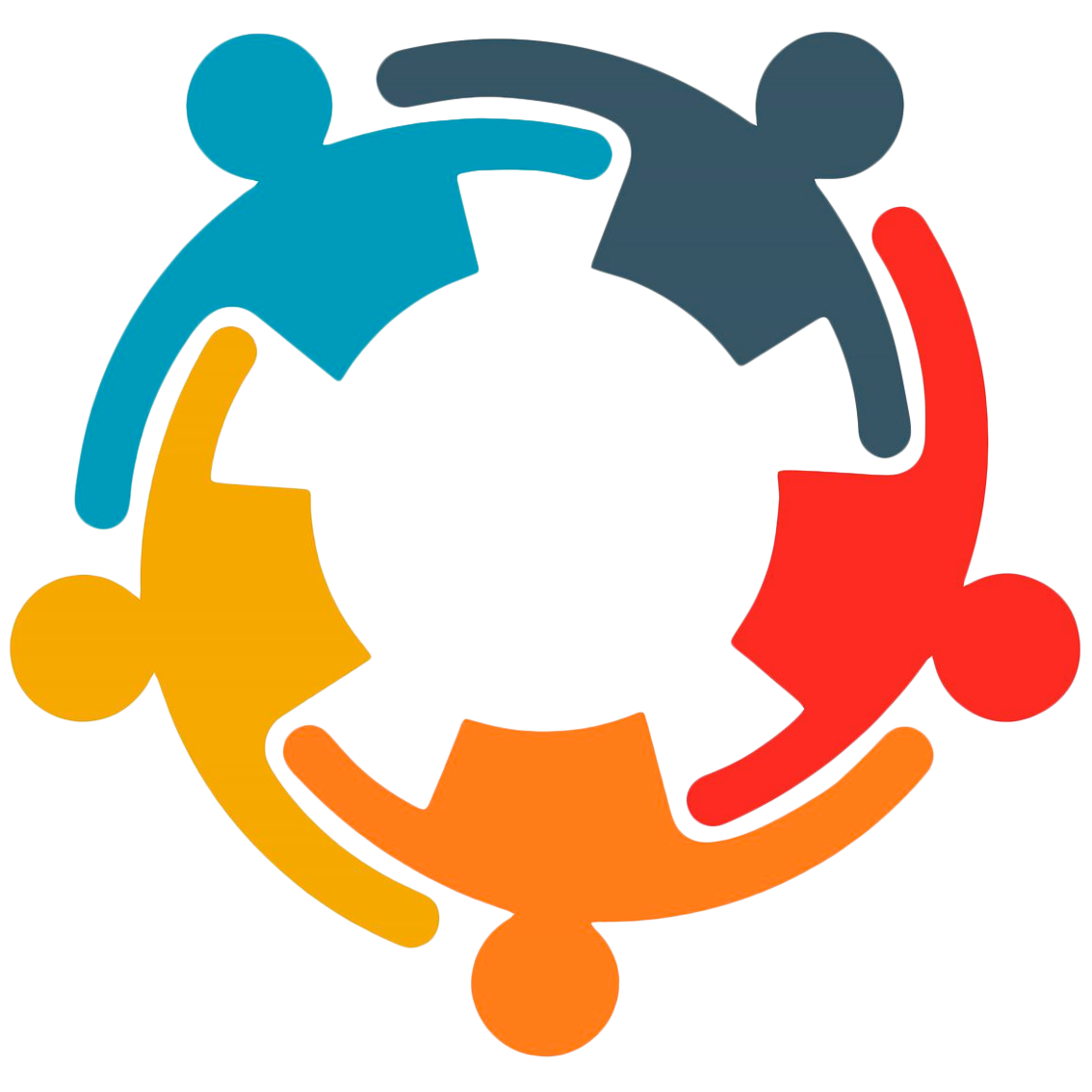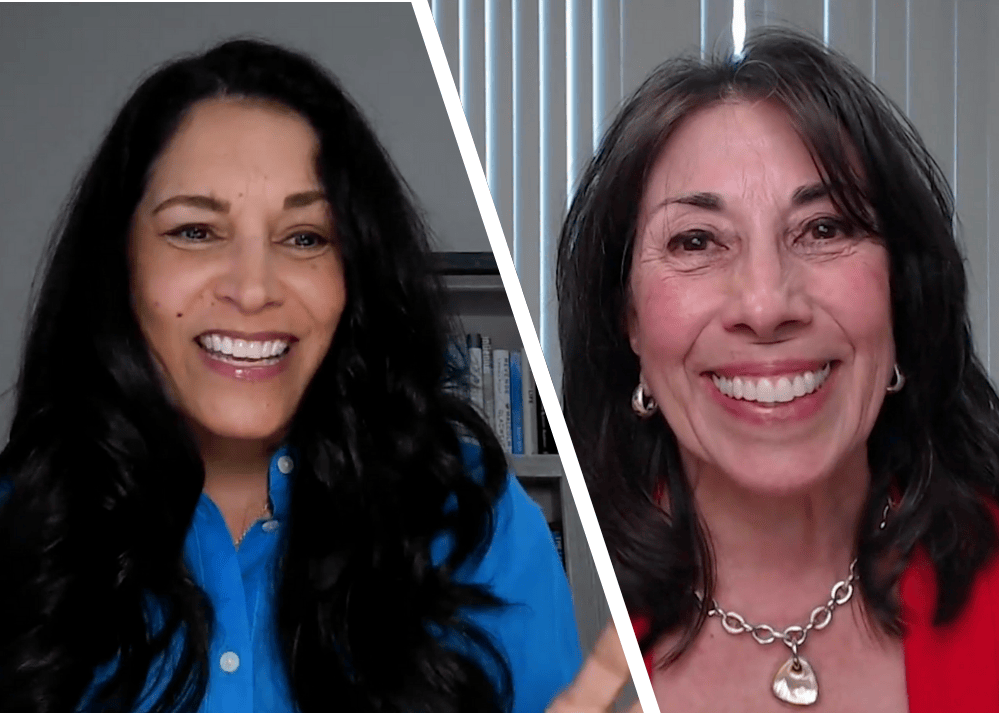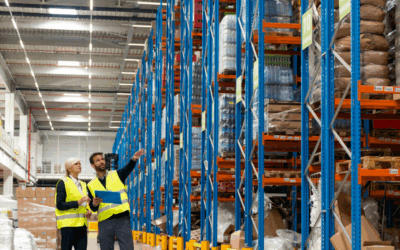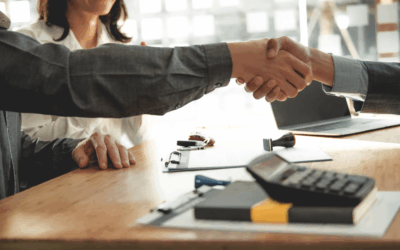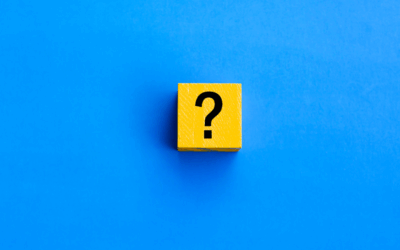This conversation between Shari Rudolph (CEO, The Charity Hub) and Claudia Freed (CEO, EALgreen) is packed with insights on how two organizations are revolutionizing the way we think about excess inventory and social impact. While this summary hits the highlights, the full video dives deeper into their strategies, real-world examples, and vision for the future of collaborative problem-solving. Definitely worth the watch!
The $1 Trillion Problem
The numbers are staggering: over $846 billion in customer returns annually in the U.S., plus another $160 billion in forward supply chain waste (that’s overproduction that gets sent to landfills or destroyed rather than reaching consumers). Meanwhile, nearly 40 million Americans live below the poverty line. This creates a massive opportunity for creative solutions that address both excess inventory and social need.
Two Organizations, One Mission
The Charity Hub transforms excess inventory into cash donations for charities through our social enterprise model, while EALgreen has been converting product donations into scholarships for students with financial need for over 43 years. Together, they demonstrate how collaboration can amplify impact.
The Power of Partnership Over Competition
Rather than competing for the same resources, these organizations found strength in collaboration. When one can’t handle a particular product donation – due to geography, product type, or capacity – they refer it to the other, creating shared value for all parties involved.
Three Rules for Successful Circular Economy Partnerships
Claudia shared three essential principles that guide successful partnerships in this space.
1. Focus on shared value creation rather than just shared vision. This means moving beyond broad statements to identify tangible benefits for everyone involved, whether that’s cost reduction, brand enhancement, or measurable social and environmental impact.
2. Embrace technology boldly. AI and digital platforms are transforming how organizations evaluate products, track impact, and scale operations, so don’t just think about the future but actively adopt these tools.
3. Build trust and transparency through clear communication, accountability, and regular check-ins. While technology helps with metrics and tracking, the human connection remains essential for navigating challenges and maintaining strong partnerships.
Real-World Impact
Claudia’s personal story exemplifies the power of the EALgreen model: she received a scholarship funded by a company’s donation of two motors, earned her economics degree, and now leads the very organization that changed her life. Over 25,000 students have received similar financial aid through EALgreen’s approach.
The Circular Economy Opportunity
The conversation revealed just how innovative and creative this space has become.
Airlines found ways to repurpose cabin materials during the pandemic, turning first-class blankets into pillow stuffing and working with recyclers to give products new life. IKEA launched a reseller platform that lets customers sell their used furniture back through the brand, extending product lifecycles while building customer loyalty. In Europe, AI-powered apps connect surplus food from supermarkets directly to consumers in their neighborhoods at discounted prices.
These examples show how the circular economy is exploding with solutions that benefit everyone involved. It’s not just about preventing waste anymore but about creating entirely new business models that turn what used to be problems into opportunities. The key is thinking creatively about how products can have multiple lives and serve different purposes throughout their journey.
Looking Forward
Both Shari and Claudia emphasized that the circular economy isn’t just about charity – it’s about creative problem-solving that benefits everyone. As consumers, corporations, and nonprofits become more conscious of waste and impact, collaborative models like theirs point toward a more sustainable and equitable future.
The key takeaway? In a world of complex challenges, sometimes the most powerful solutions come from organizations that might seem like competitors learning to work together instead.
